The Rottweiler is a sturdy working breed developed from the mastiffs of the Roman legions and is quite strong. Within the confines of the household, the Rottie is a kind playmate and a protector while viewing the outer world with a confident aloofness. The shoulder height of a male Rottweiler ranges from 24 to 27 muscular inches; females are often a little bit smaller and lighter. The shiny, short black coat with stylish rust marks adds to the impression of commanding power. The Rottie’s smooth trotting pace is powered by its heavily muscled hindquarters. A Rottie that has been bred and nurtured appropriately will be confident and at ease, brave but not overly aggressive.
To their loved ones, Rotties are known for their liveliness and outright hilarity, despite their world-class guardians’ reserved exterior to strangers. The territorial tendencies of a Rottie can be positively channeled through early training and socializing (no one taught the Rottie he’s not a toy breed, therefore he’s likely to drop onto your lap for a snuggle).

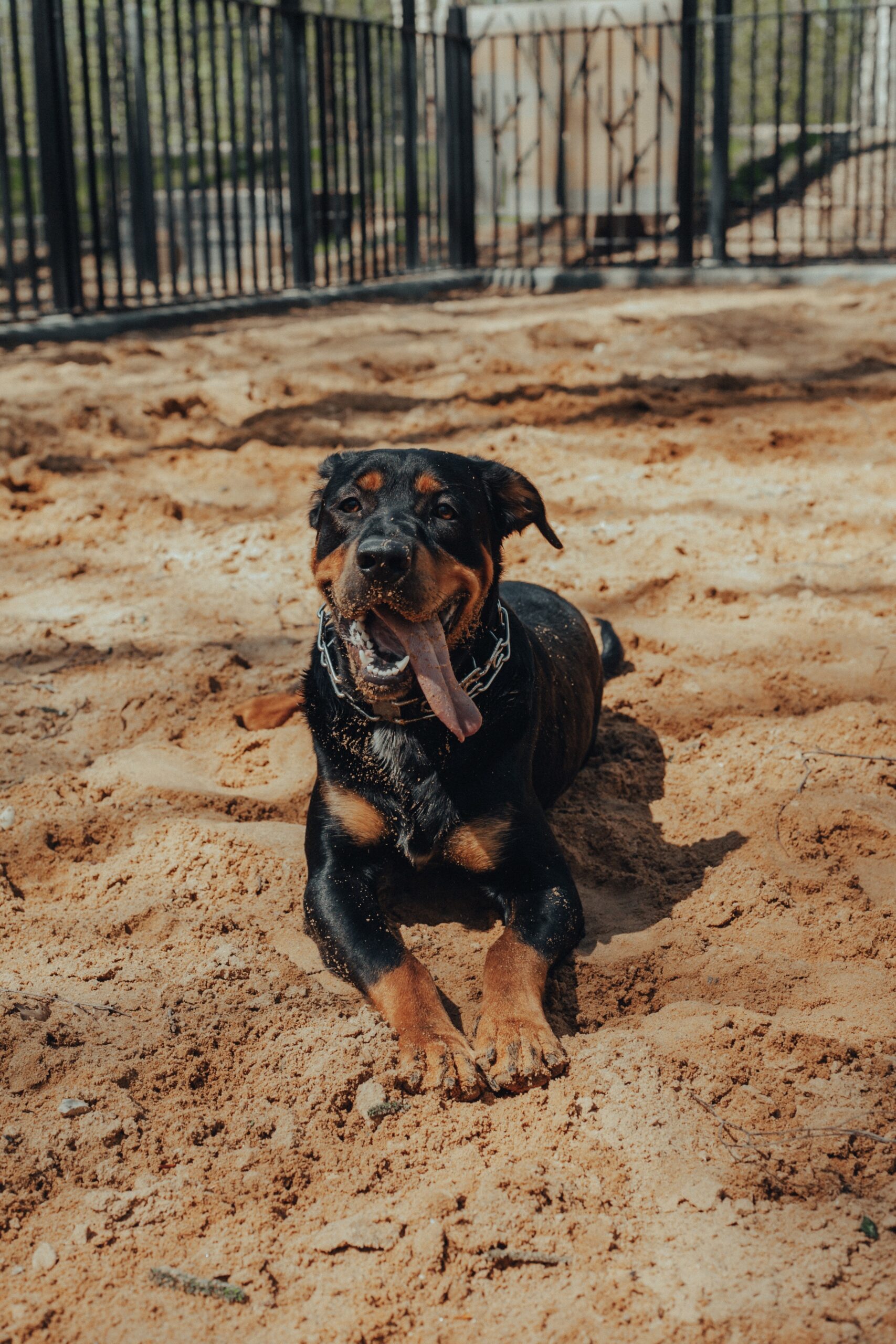

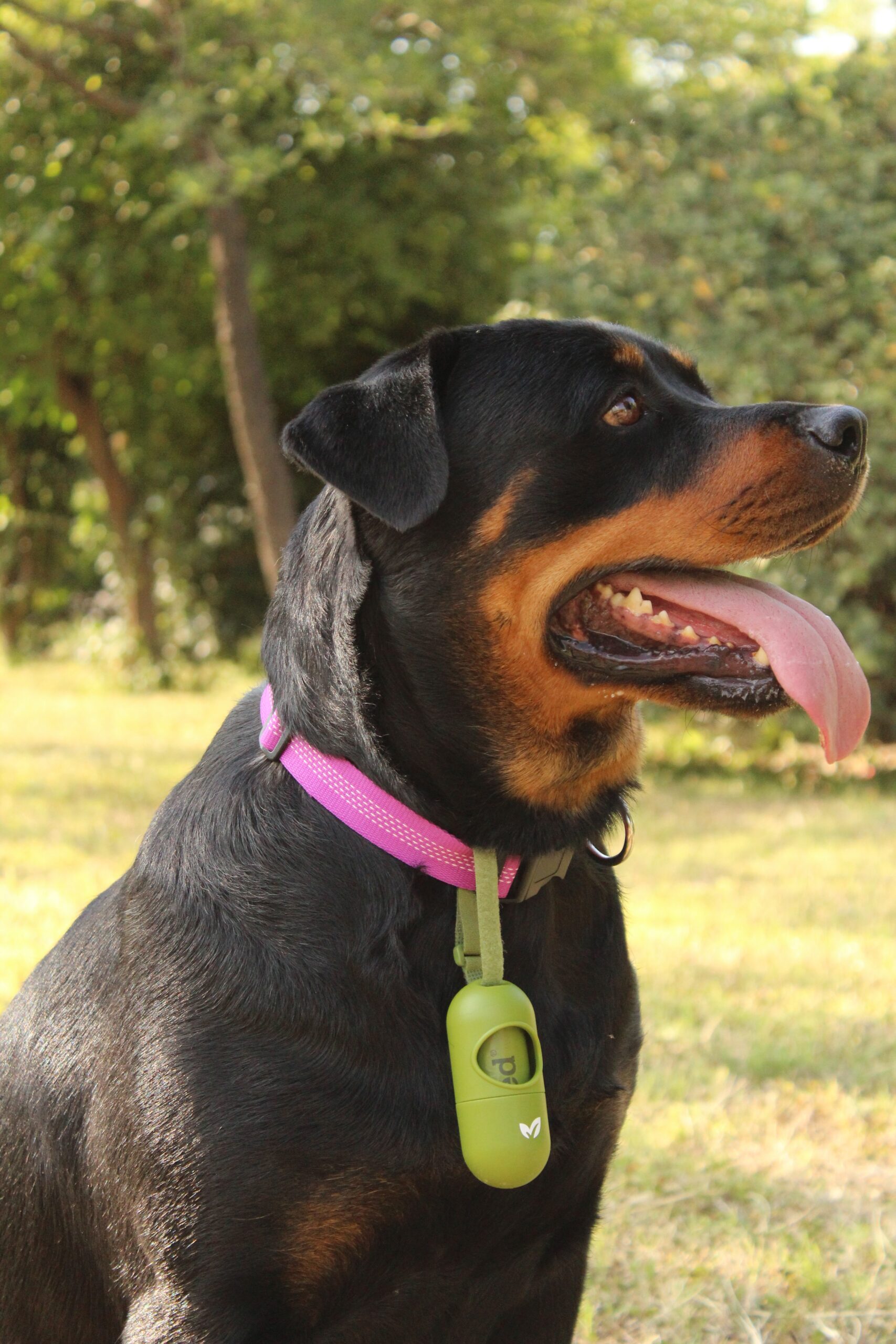
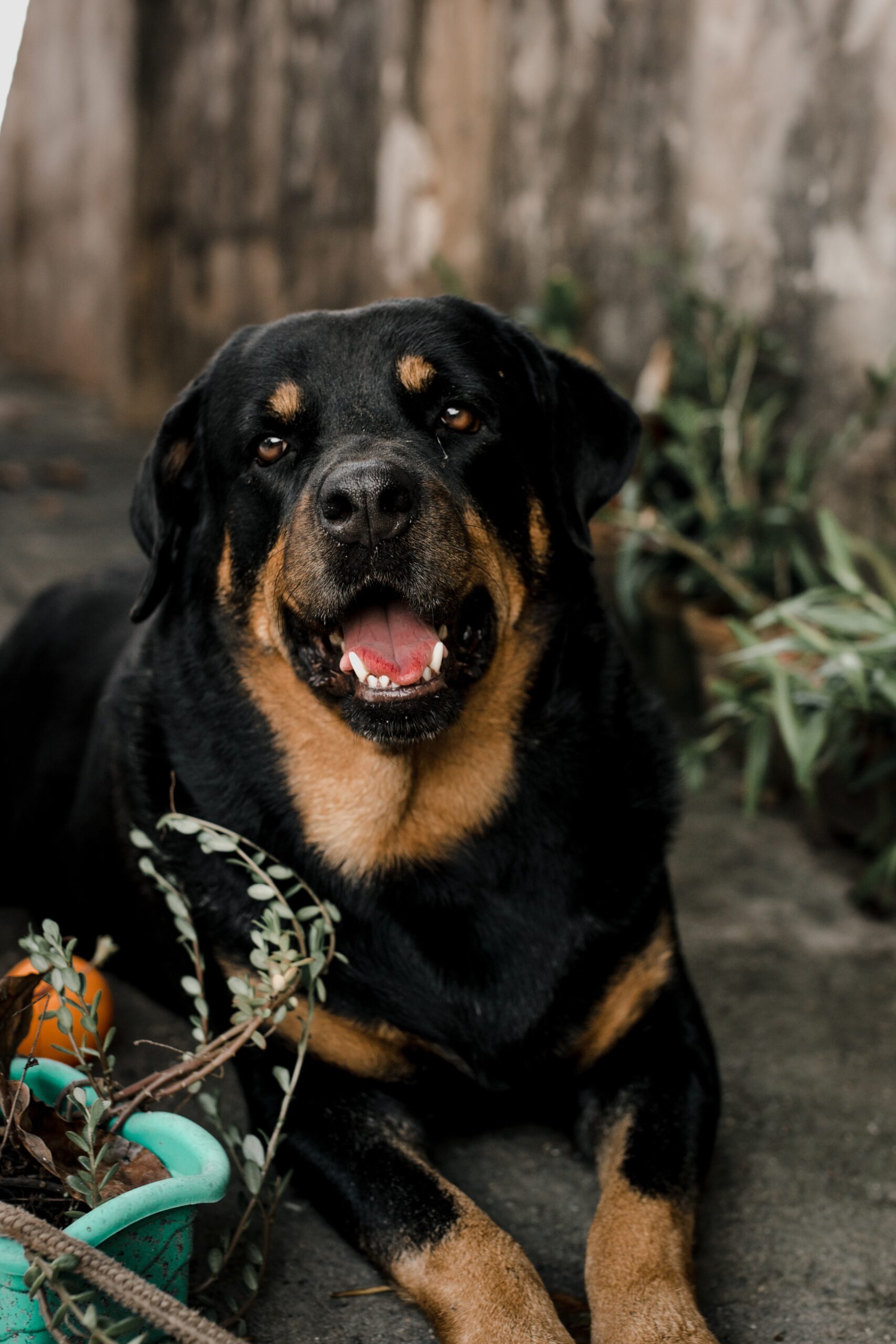
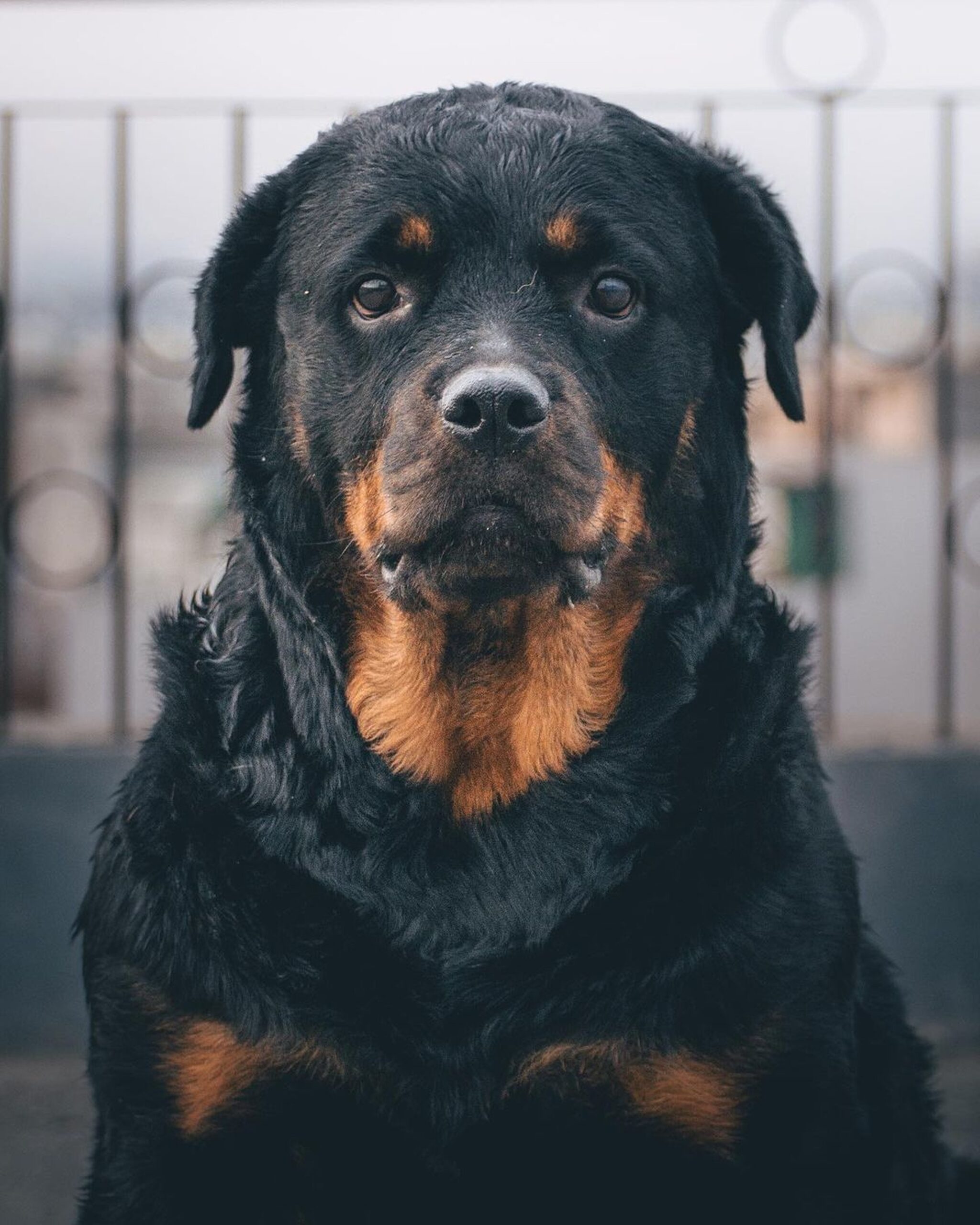
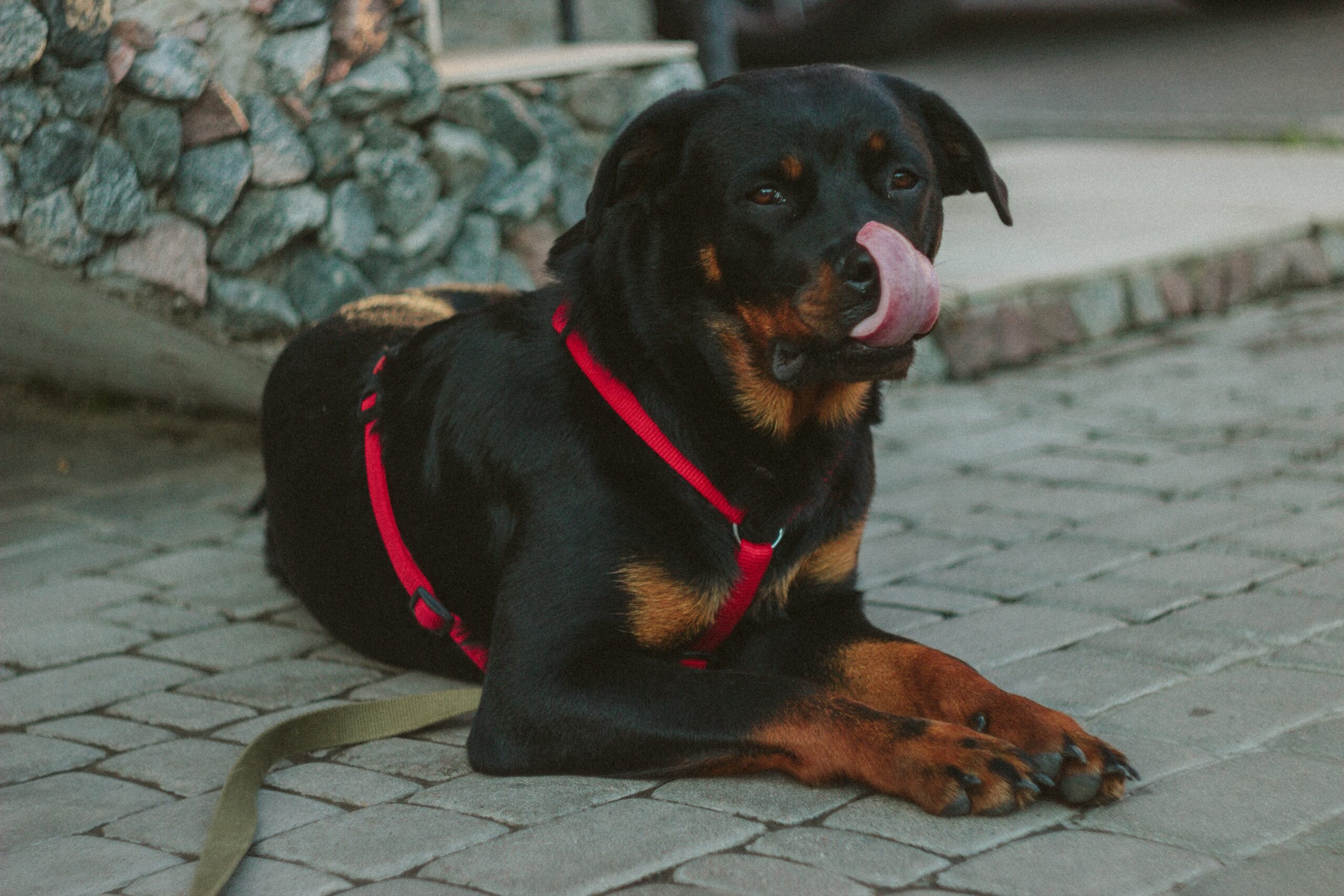


 Health
Health Grooming
Grooming Exercise
Exercise Training
Training Nutrition
Nutrition